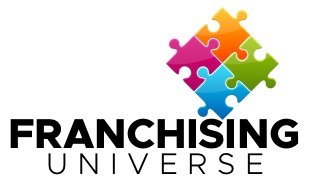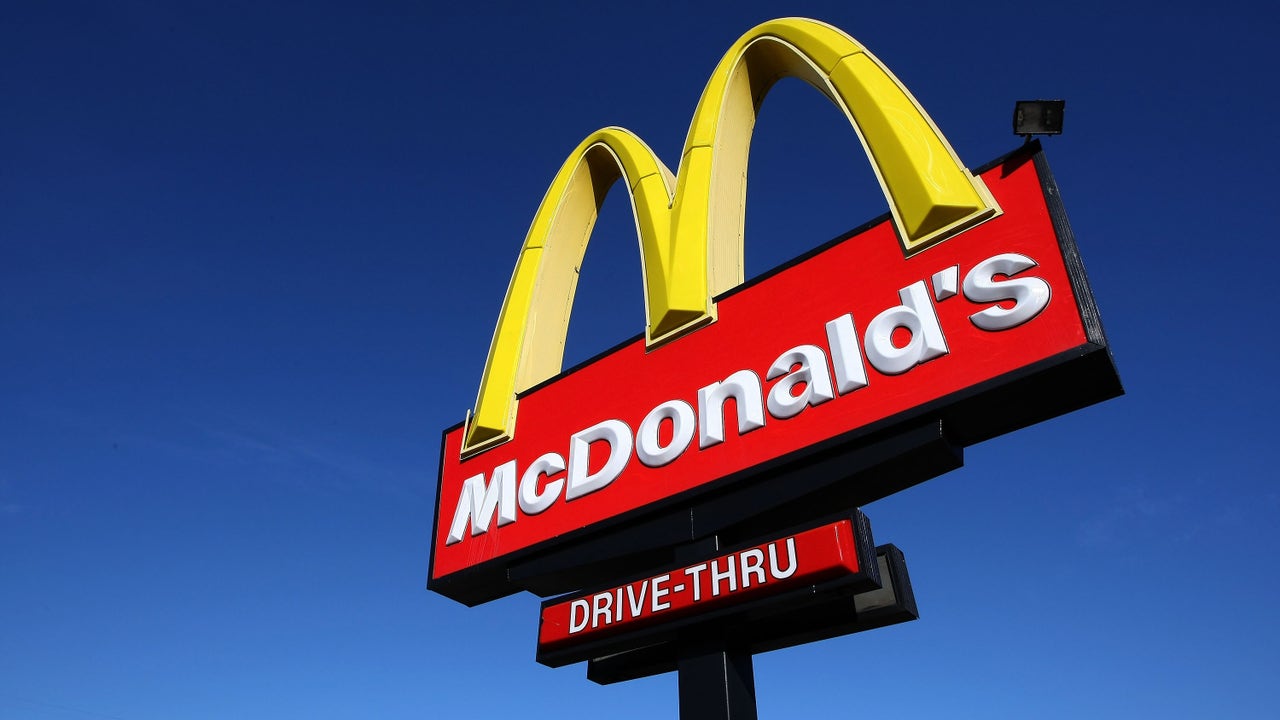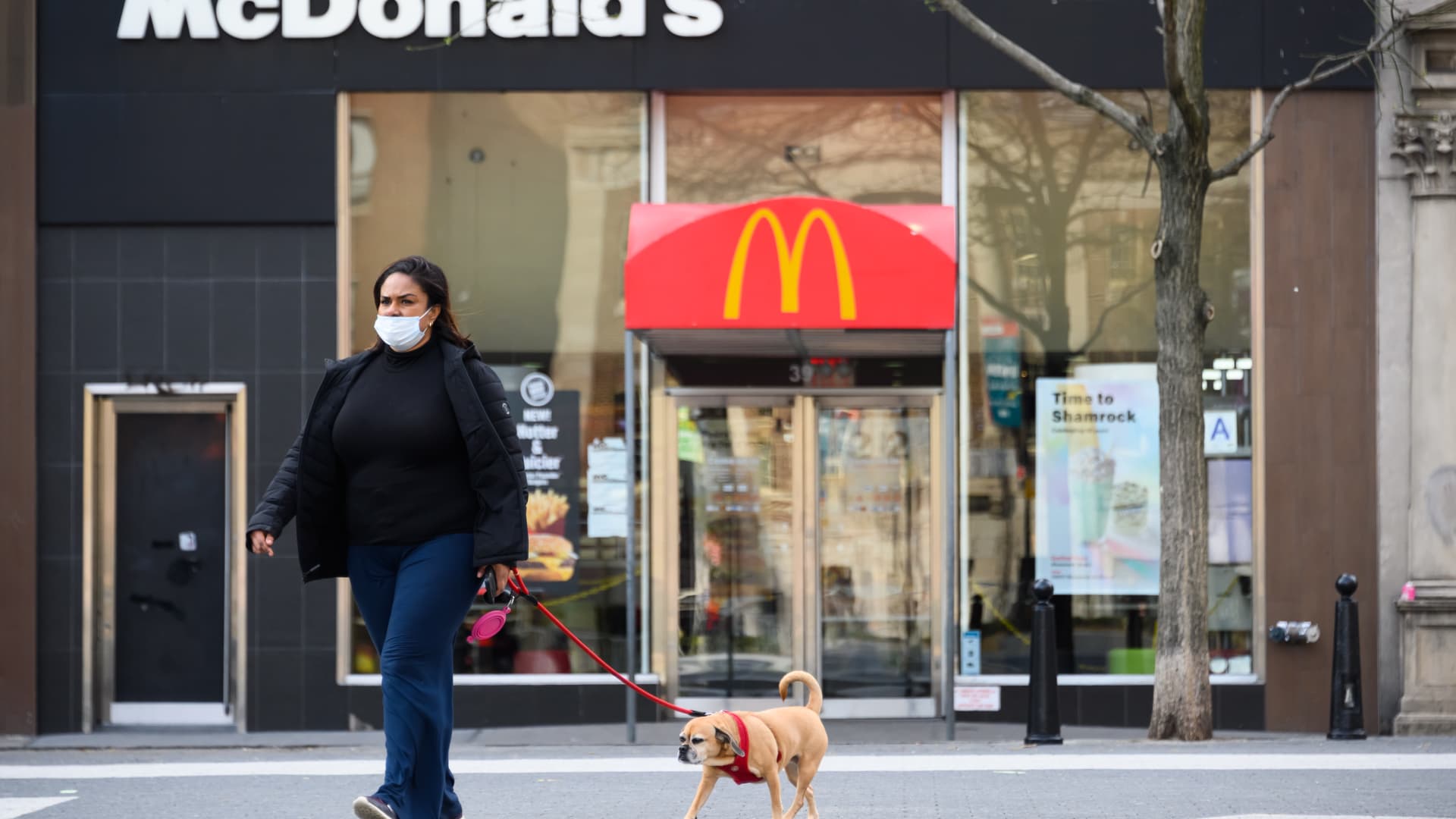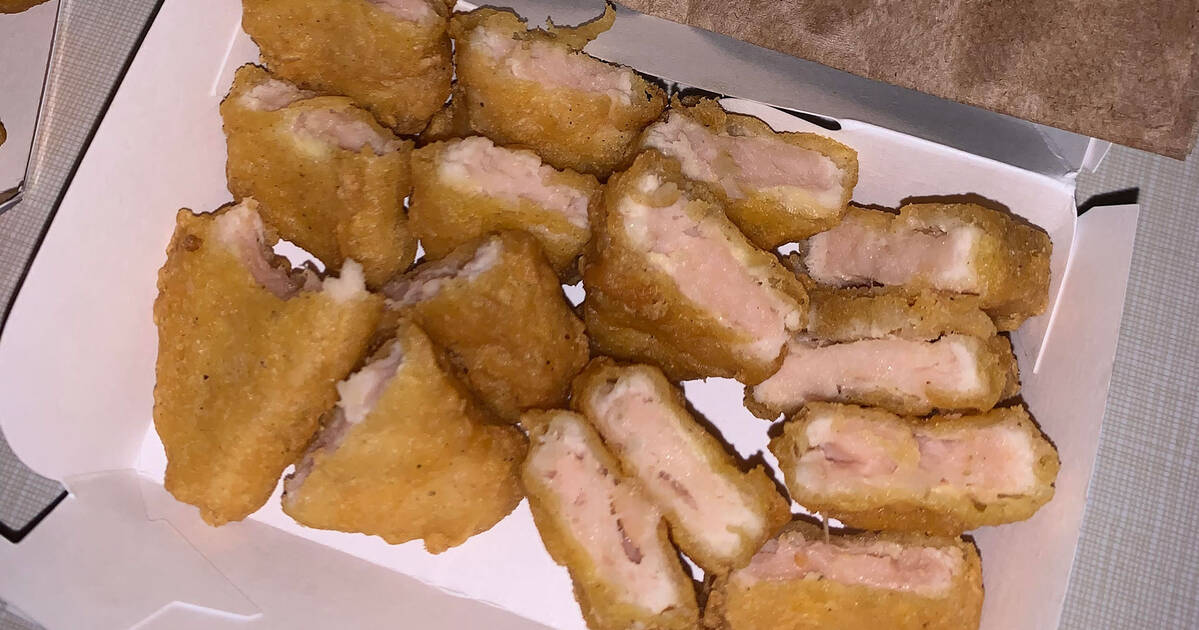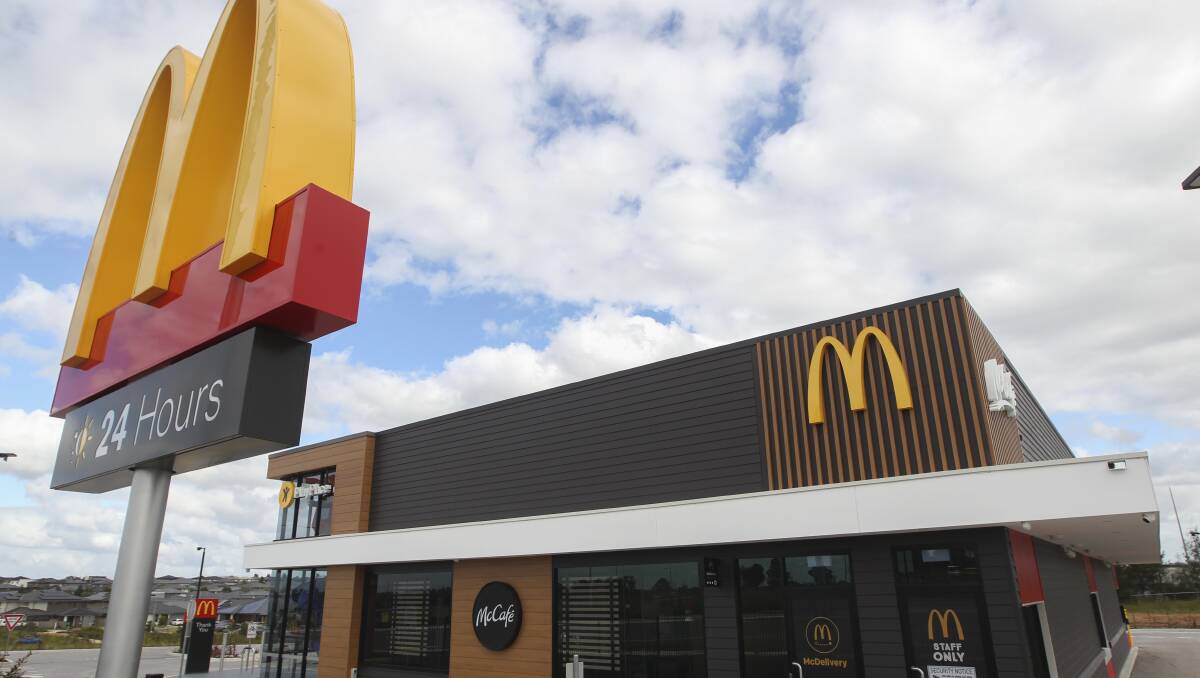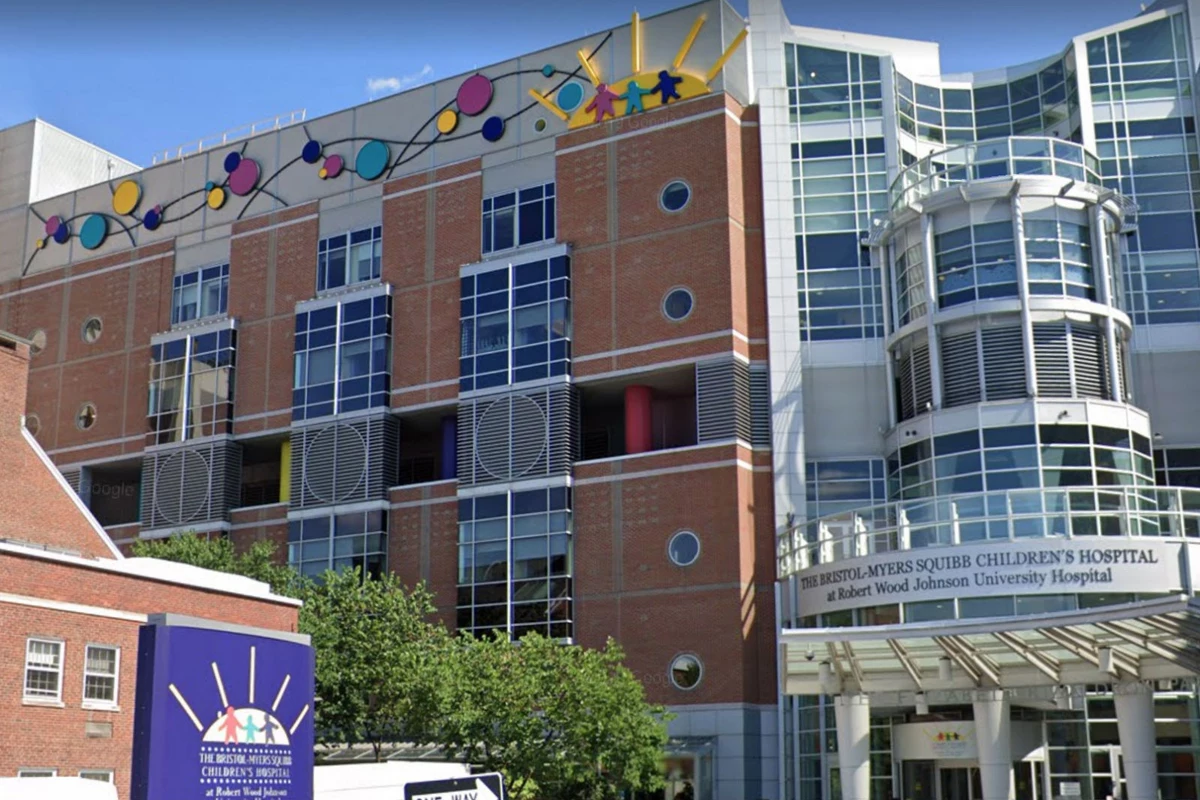You can’t talk about lawsuits against fast-food chains without mentioning perhaps the most famous: “too hot” coffee, a case that was even parodied in the popular 1990s sitcom “Seinfeld.”
This happened in 1992, Reader’s Digest reviews, when a 79-year-old woman was trying to take the lid off her McDonald’s coffee and it fell on her. The client suffered a third-degree burn that required a skin graft and sued the company after failing to reimburse her $10,000 in medical bills.
La Mala Racha de McDonald’s
In the last case, the joke tells itself, if you order hot coffee there is a clear chance that you will burn yourself. But later trials have a record that bordering on the absurd, like other US$1.1 million against McDonald’s after a consumer damaged his tooth by eating chicken nuggets,
In May 2020, a Palm Beach man took a bite in one of these bites and felt something hard, a bone barely an inch long. His dentist told him he had two microcracks and he immediately sued the restaurant. He has since insisted that McNuggets pose a threat and urged McDonald’s to remove them all.
Another lawsuit against the Ronald Clown chain was from Antonio Bramante, a father who sued in 2018 for marketing Happy Meals to children. The Quebec resident was a regular customer and usually brought at least one young child with him on his trips.
Bramante didn’t like the fact that Happy Meal ads were deliberately placed at children’s eye level, displaying their collectible toys., His kids naturally begged him for a Happy Meal so they could get a new toy, and the man felt too much pressure.
The point is that, with few exceptions, Canada has a law that prohibits advertising for children under the age of 13, and Bramante claimed McDonald’s does not count as one of these exceptions. A judge in Quebec declared the trial valid, but there is no ruling yet.
McDonald’s came under fire again that same year, when a couple in Fort Lauderdale sued it for $5 million because they weren’t happy with a menu. His complaint was that the non-cheese option on the burger is no longer for sale. And with the cheese, the sandwich was 90 cents more. For the couple, McDonald’s was tricking customers into paying for something they didn’t want and charging a high amount, even when they didn’t order cheese on their burger. This case was won by McDonald’s.
taco bell and fine print
Taco Bell and its parent company, Yum! Brands was sued in September 2019 by a New Jersey couple. Customers alleged that they bought two of Taco Bell’s “$5 Chalupa Snack Boxes” and were charged more than $5 each. The total for the two boxes excluding tax was $12.18.
He also took on the deceptive advertising and sought compensation for “wasting time driving to Taco Bell.” [y] gasoline used to drive his vehicle to Taco Bell”, arguing that it was priced at US$5, declared in a commercial, that “motivated” him to travel.
The matter went to federal court in October, with Taco Bell spokespersons arguing that the ad they saw included a “prices may vary” disclaimer.
Starbucks, “Too Much Ice” Tea
Of course, the coffee giant would not be left out of this list. Starbucks was sued for putting a large amount of ice in their beverages, which was about half a glass. But the judge dismissed the case, saying that “a reasonable consumer” who orders an iced drink knows that “the drink he will receive shall contain both ice and tea.”
A Starbucks spokesperson also said that its employees would be happy to remake the drink for anyone who isn’t satisfied with the proportions.
Wendy and the severed finger
A woman sues Wendy’s after finding the tip of a human finger in her chile con carne. It was clearly a scam, but it turns out that the customer, Anna Ayala, had put her finger on herself in the hopes of making some money. It was the tip of a finger that her husband’s co-worker got lost in a work accident.
Here the reality is stranger than fiction, as the victim voluntarily gave her finger to Ayala’s husband to pay off the debt. Both the woman and her husband went to jail.
Sue Burger King for 20 cents
In 2014, a New York woman sued Burger King for charging her more than 20 cents. His problem was that a large Coke at the nearest Burger King cost 89 cents, but he could get one for just 69 cents at a slightly farther Burger King. The woman sued Burger King for $100 as a reward for the extra distance she had to walk to get a cheap soda. Burger King won the case despite not appearing in court.
half full bucket of kfc
Another false advertising lawsuit came against KFC in 2016, when a New York customer said the bucket of chicken he received was not completely full, despite ads showing buckets filled with fried treats.
“They’re showing buckets full of chicken in commercials, but you get half a bucket,” He told the New York Post. “It doesn’t feed the whole family,” as KFC said at the time. The company offered him some gift certificates, but he declined. The courts rejected the claim.
Subway’s “Five Dollar Footlong” jingle is certainly one of the most famous advertising campaigns ever. But an Australian teenager posed for a picture with a tape measure and a Subway sandwich, bringing the company a bad name. He probably had no intention of starting the trial for more than three years, but that’s what happened.
The separate lawsuits were consolidated into one, and proceedings lasted for years until early 2016, when Subway agreed to pay $500, plus attorneys’ fees, to each of the 10 plaintiffs.
At 270 pounds and 56 years old, Caesar Barber was obese and had already survived two heart attacks. But he still ate about four times a week at fast-food chains like Wendy’s, Burger King, KFC and McDonald’s.
In 2002, he filed a class action suit in the New York Supreme Court against all of the chains, alleging that the restaurants failed to disclose how unhealthy the food was and contributed to his obesity and resulting health problems, Including diabetes. The court case, while historic, was dismissed a year later and never filed again.
with info from yahoo
